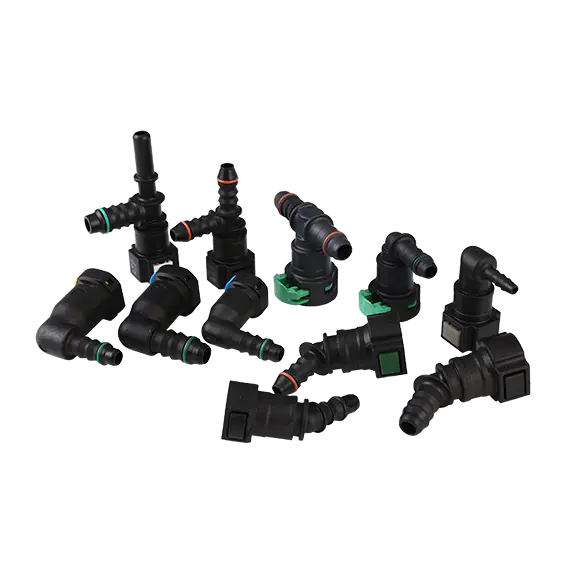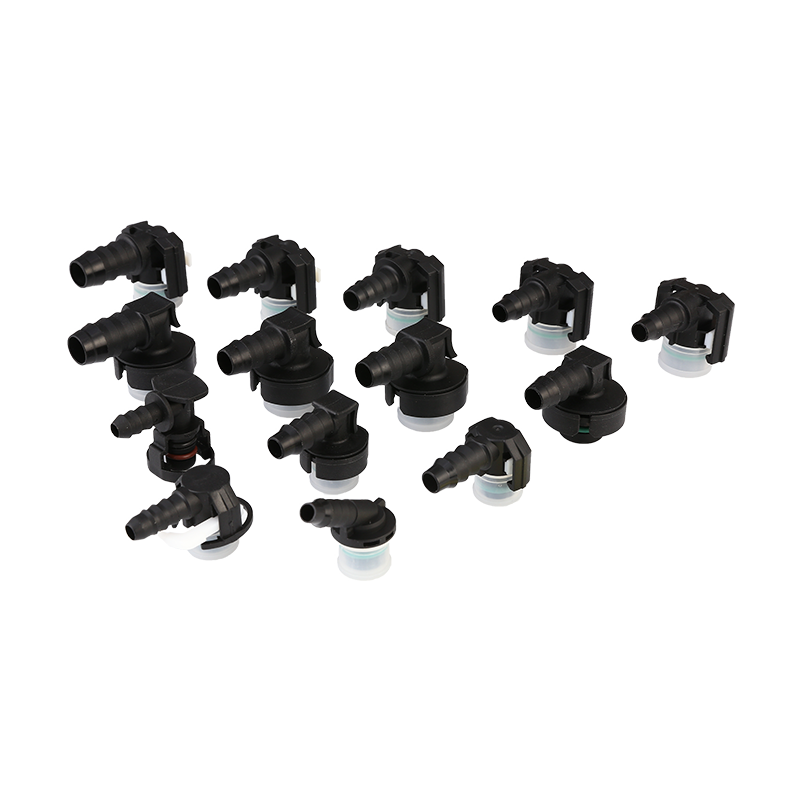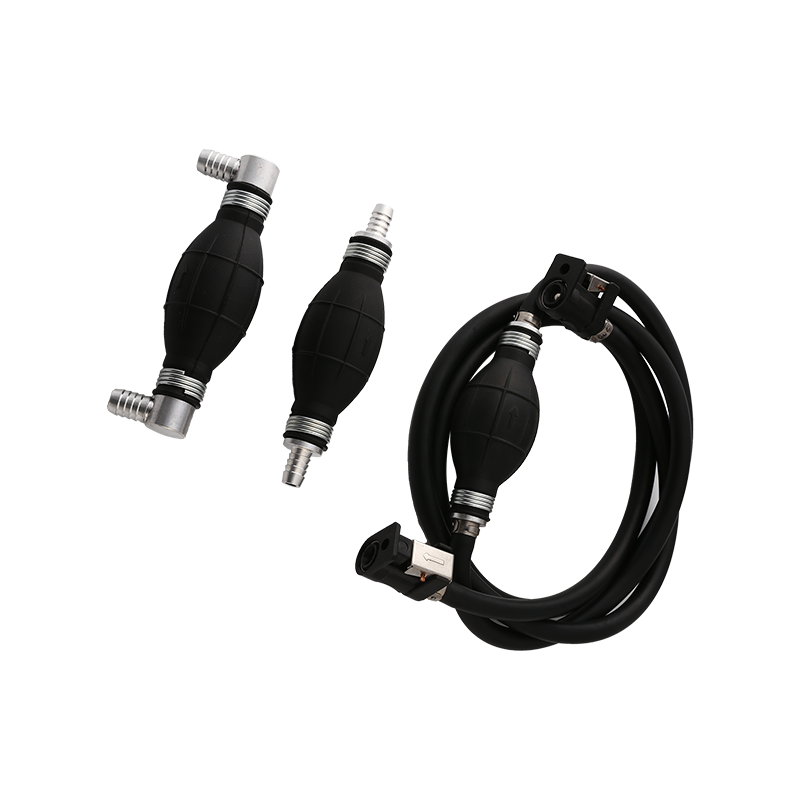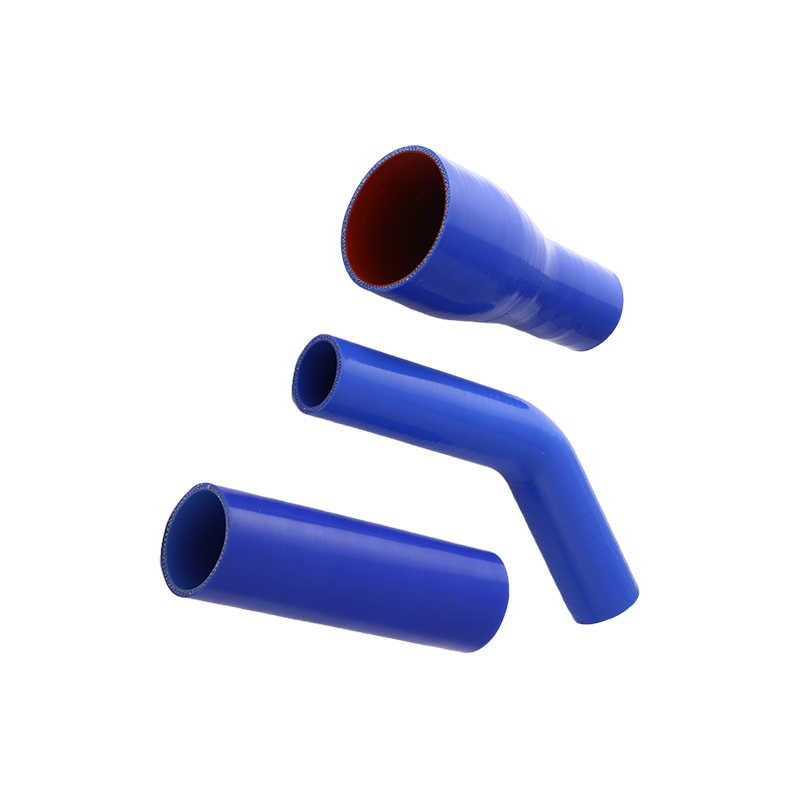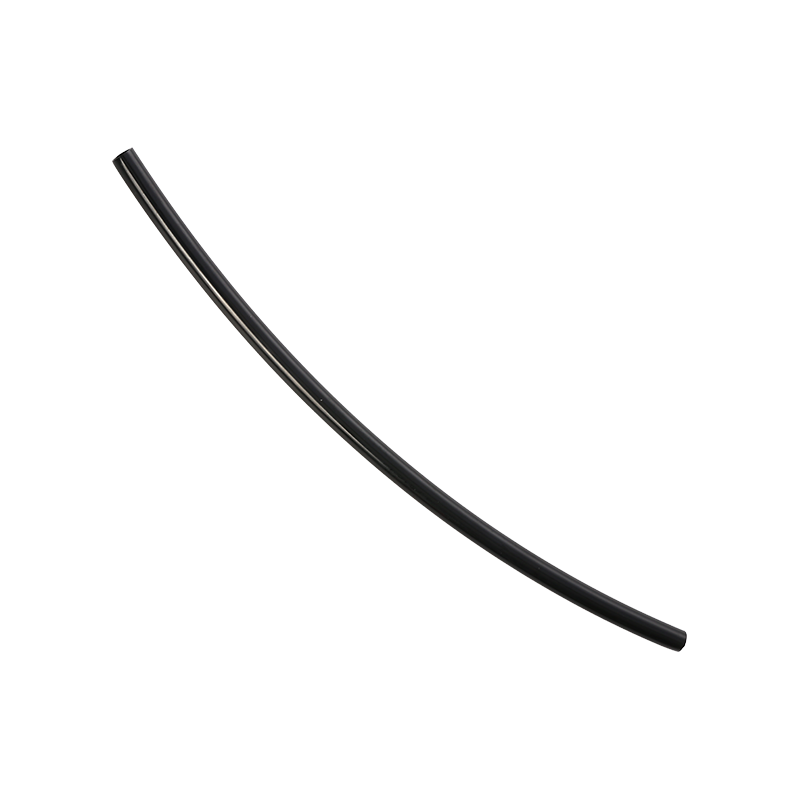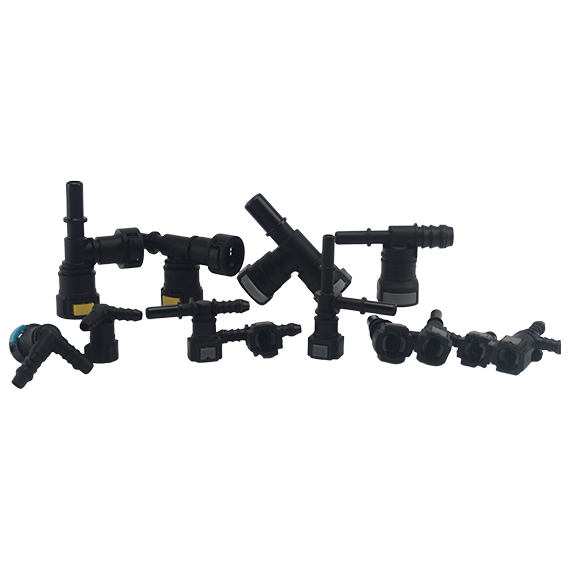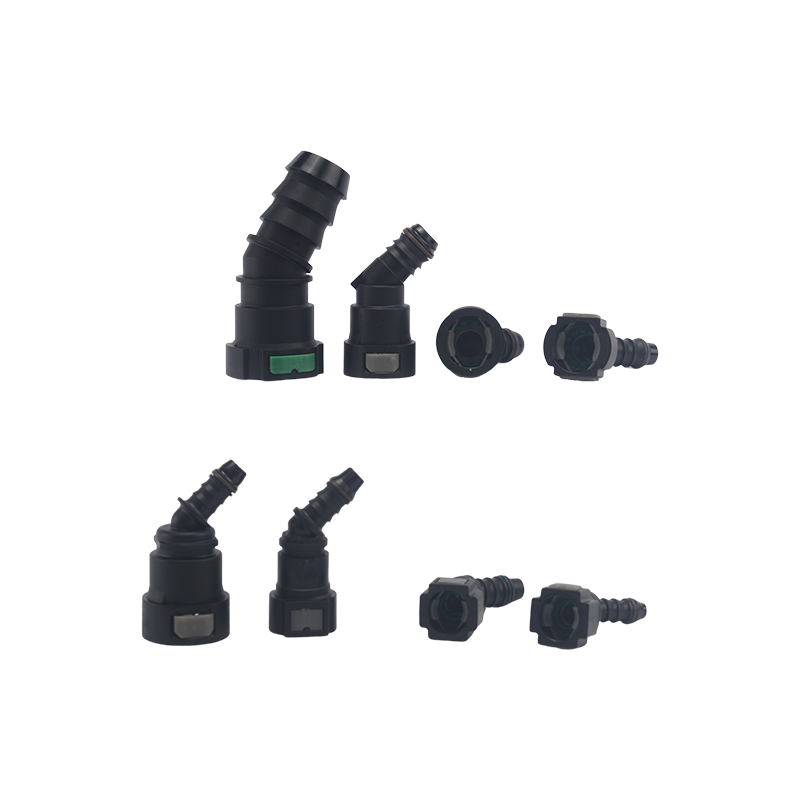The Evolution Of Radiator Hose Design And Manufacturing Processes
China Pressure Washer Female Quick Connect Radiator Hose Manufacturers
Radiator hoses play an essential role in the efficient functioning of a vehicle's cooling system. Over the years, radiator hose design and manufacturing processes have undergone significant changes, driven by technological advancements and a deeper understanding of material science. The evolution of these processes is a testament to the ongoing innovation within the automotive industry, and radiator hose manufacturers have played a crucial role in driving these improvements.
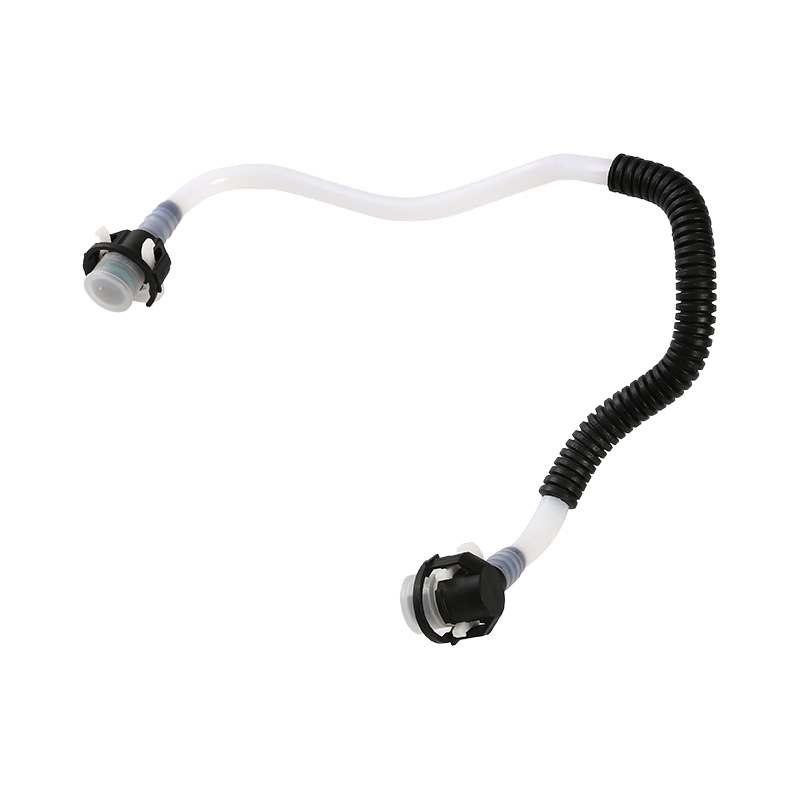
In the early days of automotive manufacturing, radiator hoses were primarily made from rubber, which was the ideal available material for flexibility and durability at the time. However, as engine temperatures increased and the demand for more efficient cooling systems grew, radiator hose manufacturers began to explore other materials. The introduction of synthetic rubbers, such as EPDM (Ethylene Propylene Diene Monomer), marked a significant step forward in hose production. This new material offered better resistance to heat, ozone, and chemical degradation, improving the overall lifespan and performance of radiator hoses.
As vehicles became more sophisticated, radiator hose manufacturers began to pay closer attention to the demands placed on hoses under high pressure and bad temperature variations. The development of multi-layer hoses, where a combination of different materials was used, helped to meet these challenges. Radiator hoses became more resistant to rupture, and their ability to withstand high-pressure coolant systems was significantly enhanced. This improvement allowed radiator hose manufacturers to design products that could handle the increasing complexities of modern engine systems.
In addition to material improvements, the manufacturing processes used by radiator hose manufacturers have evolved considerably. Early production methods involved simple extrusion, where rubber was shaped into tubes and cut to length. While this method was effective for mass production, it had limitations in terms of precision and customization. Over time, radiator hose manufacturers introduced more advanced manufacturing techniques, such as injection molding and advanced extrusion processes, which allowed for greater precision and flexibility in design.
Another important evolution in radiator hose design is the development of specialized hoses for specific applications. For example, some radiator hose manufacturers began designing hoses that could be tailored for high-performance or racing vehicles, which require hoses that can withstand harsh conditions. These specialized hoses often feature reinforced layers and advanced coatings that provide enhanced durability and resistance to damage from harsh chemicals, heat, and pressure.
With the rise of environmental concerns and stricter regulations, radiator hose manufacturers also started focusing on creating products that were more environmentally friendly. The development of recyclable materials and the reduction of harmful chemicals in the production process became a priority. This shift not only helped meet regulatory requirements but also aligned with the growing trend toward sustainability in the automotive industry.
One of the more significant advancements in the manufacturing process has been the integration of automation and digital technologies. Radiator hose manufacturers are increasingly using robotics and computer-aided design (CAD) systems to enhance precision and efficiency in production. These technologies allow for more accurate designs, faster production cycles, and a higher degree of customization to meet the unique needs of individual customers. Additionally, digital monitoring and testing systems have been implemented to ensure that each hose meets rigorous quality standards before reaching the market.
The evolution of radiator hose design and manufacturing processes has also been influenced by the rise of electric vehicles (EVs) and hybrid cars. As these vehicles have different cooling requirements compared to traditional internal combustion engine vehicles, radiator hose manufacturers have adapted their products to meet these new needs. For instance, some EVs require hoses that can handle the cooling of batteries, which involves different temperature and pressure conditions than those found in standard engines.
As the automotive industry continues to evolve, radiator hose manufacturers will likely face new challenges and opportunities. The increasing complexity of modern vehicle systems, along with the push for greater environmental sustainability, will drive further innovation in both the materials used and the manufacturing processes employed by radiator hose manufacturers.
In conclusion, the evolution of radiator hose design and manufacturing processes has been marked by continuous innovation, with radiator hose manufacturers playing a vital role in advancing the technology behind these essential components. From the early use of rubber to the modern, multi-layered hoses used in today's vehicles, radiator hose manufacturers have consistently adapted to the changing demands of the automotive industry. As new technologies, materials, and environmental considerations shape the future of automotive manufacturing, radiator hose manufacturers will remain at the forefront, developing products that ensure the reliability and efficiency of vehicle cooling systems.

 English
English
 Español
Español



